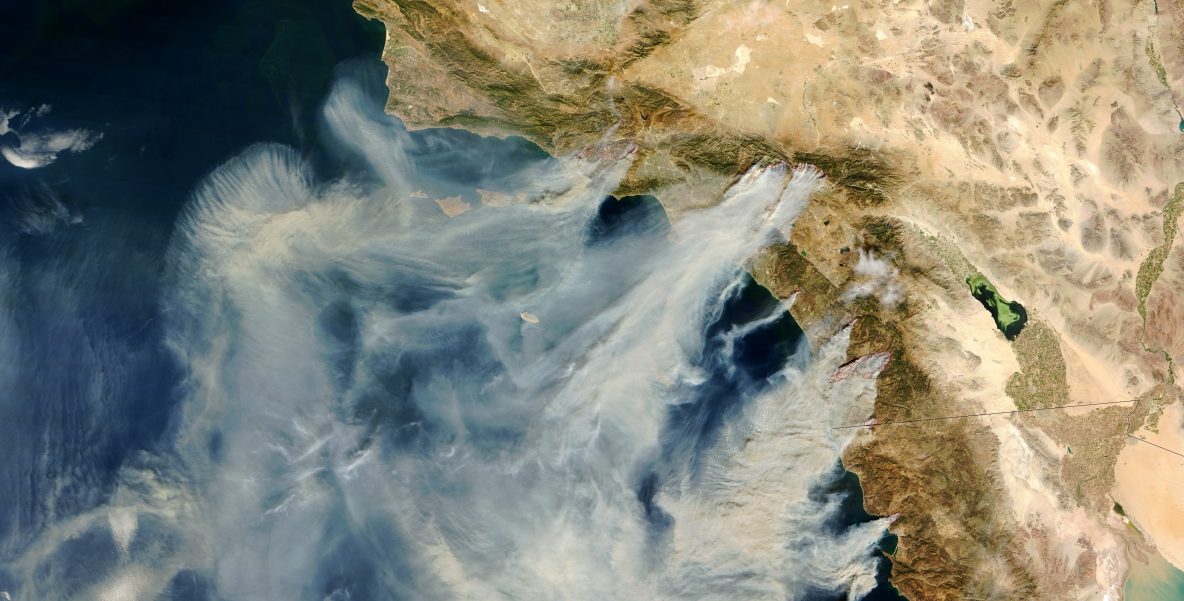Written by: Maren Hale
Hub researcher Kristen Guirguis, along with hub researchers Sasha Gershunov, Rachel Clemesha, and other colleagues, recently published a paper outlining a method for predicting extreme winter weather events in California at a subseasonal scale. The paper, titled “Subseasonal Prediction of Impactful California Winter Weather in a Hybrid Dynamical-Statistical Framework” describes a modeling approach in which historical information is combined with dynamic models to provide forecasts of weather events such as atmospheric rivers, Santa Ana winds, and extreme heat events at lead times up to 3–4 weeks in advance.
Although winter is traditionally cooler in Southern California, unseasonal extreme heat events (often associated with Santa Ana winds) still pose a threat to human health (see Schwarz et al., 2020). Santa Ana winds also stoke large, destructive wildfires, which have their own negative health outcomes. And as many Californians learned last winter, atmospheric rivers can be a major risk, especially when it comes to infrastructure. The improved forecasting methods described by Guirguis et al. have the potential to aid in emergency planning and to improve early warning systems, which can help people and municipalities plan for extreme weather impacts such as these.
Following this research, Dr. Guirguis and colleagues are hoping to apply the same methodology to warm season extreme weather events, with the goal of extending the lead time for forecasts of extreme heat in California.
Dr. Guirguis’ paper can be accessed online and in the December 2023 issue of Geophysical Research Letters.
Header image: “Several massive wildfires were raging across southern California over the weekend of October 25, 2003.” NASA.

